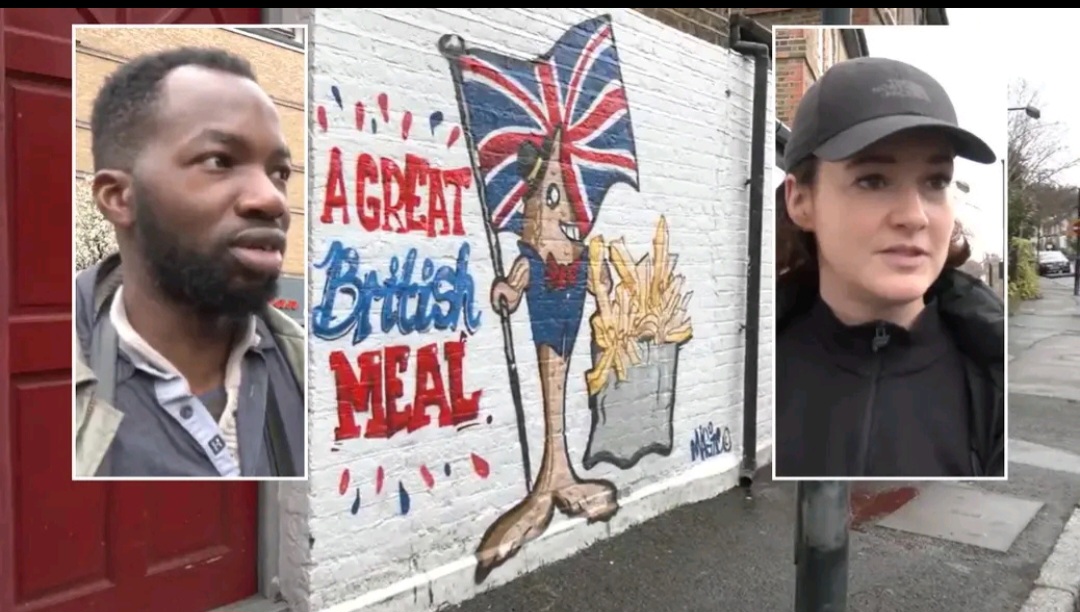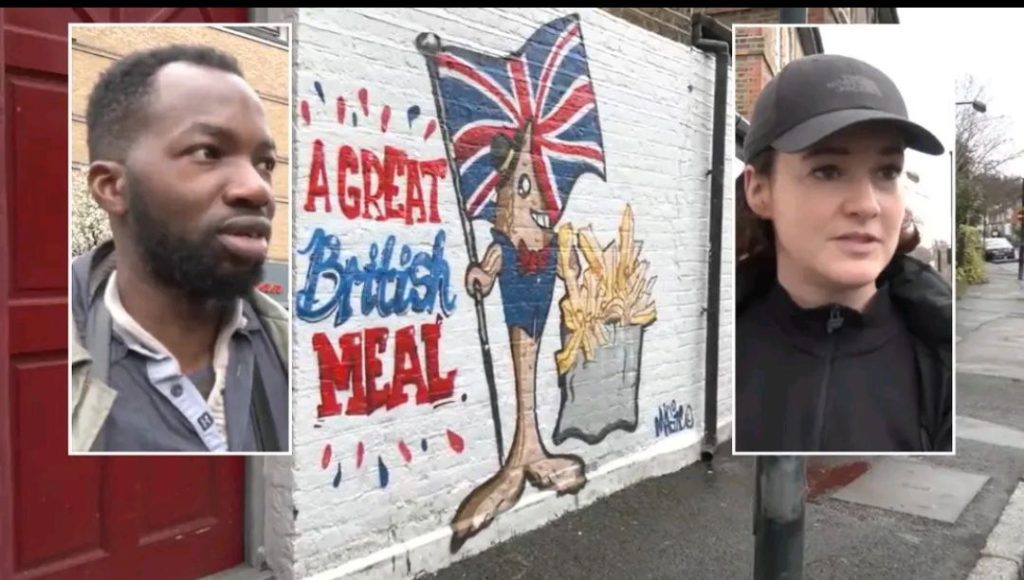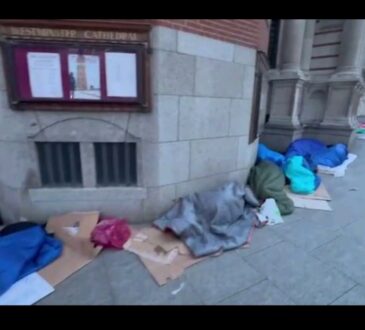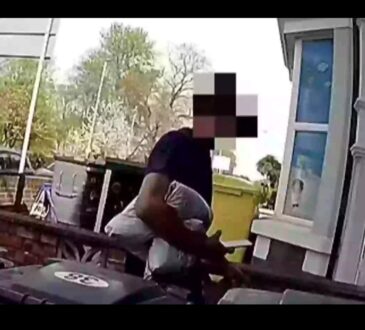Award-winning fish and chip shop ordered to remove ‘Great British’ Union flag mural by local council

Golden Chippy, a beloved chip shop in Greenwich, South-East London, has found itself at the center of a controversy after being ordered by the council to remove a Union flag mural adorning its facade. The mural, featuring the flag held by a humanoid fish with the slogan “A Great British Meal,” has garnered both praise and criticism from locals and visitors alike.

The shop’s owner, Chris Kanizi, expressed bewilderment at the council’s decision, citing the mural’s popularity among customers, including international tourists. Since being hailed as London’s top-rated restaurant on TripAdvisor in 2016, Golden Chippy has enjoyed a steady stream of patrons drawn to its renowned fish and chips as reported by BBC News.
However, the council’s directive to remove the mural came after receiving “a number of complaints” from local residents, prompting scrutiny over the appropriateness of the artwork in a preservation area. While Kanizi remains determined to keep the mural intact, citing its positive reception among customers, the council’s enforcement team is investigating the matter as an unauthorized advertisement for the chip shop.
The controversy has ignited a debate among nearby residents, with opinions divided over the mural’s significance and impact. Some residents have come to the defense of the artwork, likening it to a Banksy painting and applauding its celebration of British identity. Others have voiced support for the council’s decision, citing concerns about the mural’s compliance with planning regulations and its potential impact on the aesthetic integrity of the area.
Critics of the mural argue that its prominent display of the Union flag may be interpreted as jingoistic or exclusionary, particularly in a diverse and multicultural community like Greenwich. They contend that public artwork should reflect the inclusive values of the community and avoid potentially divisive symbols or messaging.
In contrast, supporters of the mural assert that it serves as a vibrant and whimsical addition to the local landscape, evoking a sense of national pride and nostalgia. They argue that the Union flag is a symbol of unity and heritage, representing the shared values and traditions of the British people.
The dispute over the mural is not the first time Kanizi has clashed with the council over his enthusiastic promotion of fish and chips. In 2016, he was ordered to remove a larger sign featuring a similar design, prompting him to resist the council’s directives in defense of his artistic expression and business identity.
As the debate continues to unfold, the fate of the Union flag mural remains uncertain. While some advocate for its preservation as a cultural landmark and testament to British identity, others call for its removal in adherence to planning regulations and community standards. Ultimately, the controversy surrounding Golden Chippy’s mural underscores the complex interplay between artistic freedom, cultural heritage, and civic responsibility in shaping the character of urban spaces.




